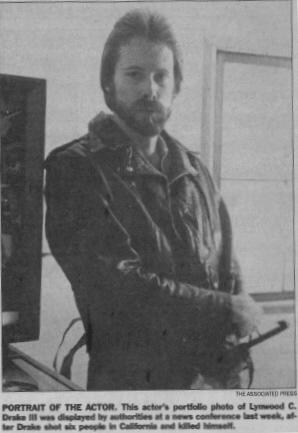From its inception, what we’ve seen of the Occupy Wall Street phenomenon has been shaped in some part by our own point of view. The occupiers hadn’t been in Lower Manhattan long before the gathering movement was being seen through familiar partisan prisms.
Some Democrats rushed to praise the demonstrators, some Republicans rushed to put them down. For the first week, it seemed the mainstream media were rushing to trivialize what was happening in Zuccotti Park. Outside the ranks of party politics and beyond the reach of slanted newsy talk shows there had to have been millions of regular people who were mildly amused and wondered what was going on.
So millions of Americans awoke to find themselves in the midst of a stampede to label the movement as good, bad or insignificant. “What do the protestors want?” demanded a discordant chorus of liberal and conservative pundits.
Since its first week the burgeoning OWS movement that has labeled itself The 99% has spread from Manhattan to cities coast-to-coast, and to other countries. So, most people who want to see for themselves what’s going on can simply
take a look by visiting
one of many “occupations” in public spaces all over America.
However, for some people, rather than seek out firsthand knowledge of what’s been going on, it’s too easy to project their own feelings.
Conservatives can depend on Rush Limbaugh and Fox News to tell them all they really want to know:
(To paraphrase) Occupiers are mostly moochers and lazy good-for-nothings. Plenty of communists and jihadists are embedded within the OWS/The 99% movement, which reeks of George Soros’ money ... and so forth.
Still, opponents of the OWS/The 99% movement aren’t the only ones who are complaining about how the demonstrators seem unfocused and in need of forming a clear agenda. Democrats have been projecting their preconceived notions, as well. Clearly, some want to see today’s demonstrators as resembling Civil Rights marchers and Vietnam War protestors.
Well, from my vantage point, this year’s demonstrations look different from their supposed counterparts in the 1960s. There is no particular overriding law or governmental policy the demonstrators have been citing as the bull‘s-eye for their protests. If anything, perhaps a general opposition to the concept of “corporate personhood” is a popular target.
Rather than pursuing specific goals through influencing the government, OWS/The 99% seems to be about the process, itself. It seems to be about refusing to obediently accept the ticky-tacky future the young demonstrators sense is being foisted upon them by the powers that be.
These demonstrations will end, one way or another. Sadly, we have already seen violence break out in some cities. My guess is that brutal police tactics will do little to make the OWS/The 99% movement fold up its tents and go away.
So, this can be read as a
heads-up to Richmond’s Mayor Dwight Jones -- don‘t create a problem you can‘t possibly solve. Later on, there will be plenty of time to worry about what precedents are being set and
whatever complaints the Tea Party wants to hurl your way.
Still, nobody knows when or what will cause the demonstrations and sleep-ins in public spaces to end. Not in New York, Oakland, or Richmond. However, when they do, what happens next is what this thing is really all about.
That’s my view.
Once all the tents have been folded up and people go home, or wherever, what happens next will depend on what the process has taught the demonstrators. It will depend on what they, especially the youngest among them, take away from their experience as occupiers.
The demonstrators have been learning how to cooperate and how to organize. They are learning about how tedious democracy can be; they are learning civics. Then, too, they are connecting with their counterparts, who empathize with their concerns about the future, all over the world.
What began on September 17, 2011, has set a new force in motion. The most important thing about this force probably isn’t what it demands now, or what shape it will take this week. People who think they already know what effect it will have on 2012’s elections are kidding themselves.
Yes, it’s been disappointing to see some of the local reactions to what Occupy Richmond has been doing in Kanawha Plaza. To scrape the bottom of the barrel there’s Dale Brumfield’s snide
Back Page piece for STYLE Weekly, which hardly passes as an analysis of the movement. Rather than an essay, Brumfield offers his readers a heap of low-brow zingers crafted to piss off folks he likes to irritate.
Fortunately, there are
ways to follow this movement’s story without having to rely on the likes of STYLE Weekly.
Bottom line: There are times when it's better to rely on your own firsthand knowledge, rather than the labels others might want you to use.







